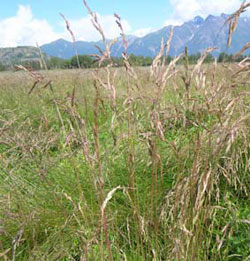|
|||||||||||||||||||
|
Last updated on Thursday, 10-Mar-2005 15:40:50 AKST. Site optimized for Netscape 7, IE 6 or above.
Not sure who to contact? Have a question about DNR? Visit the Public Information Center. Report technical problems with this page to the Webmaster
|
|
||||||||||||||||||
